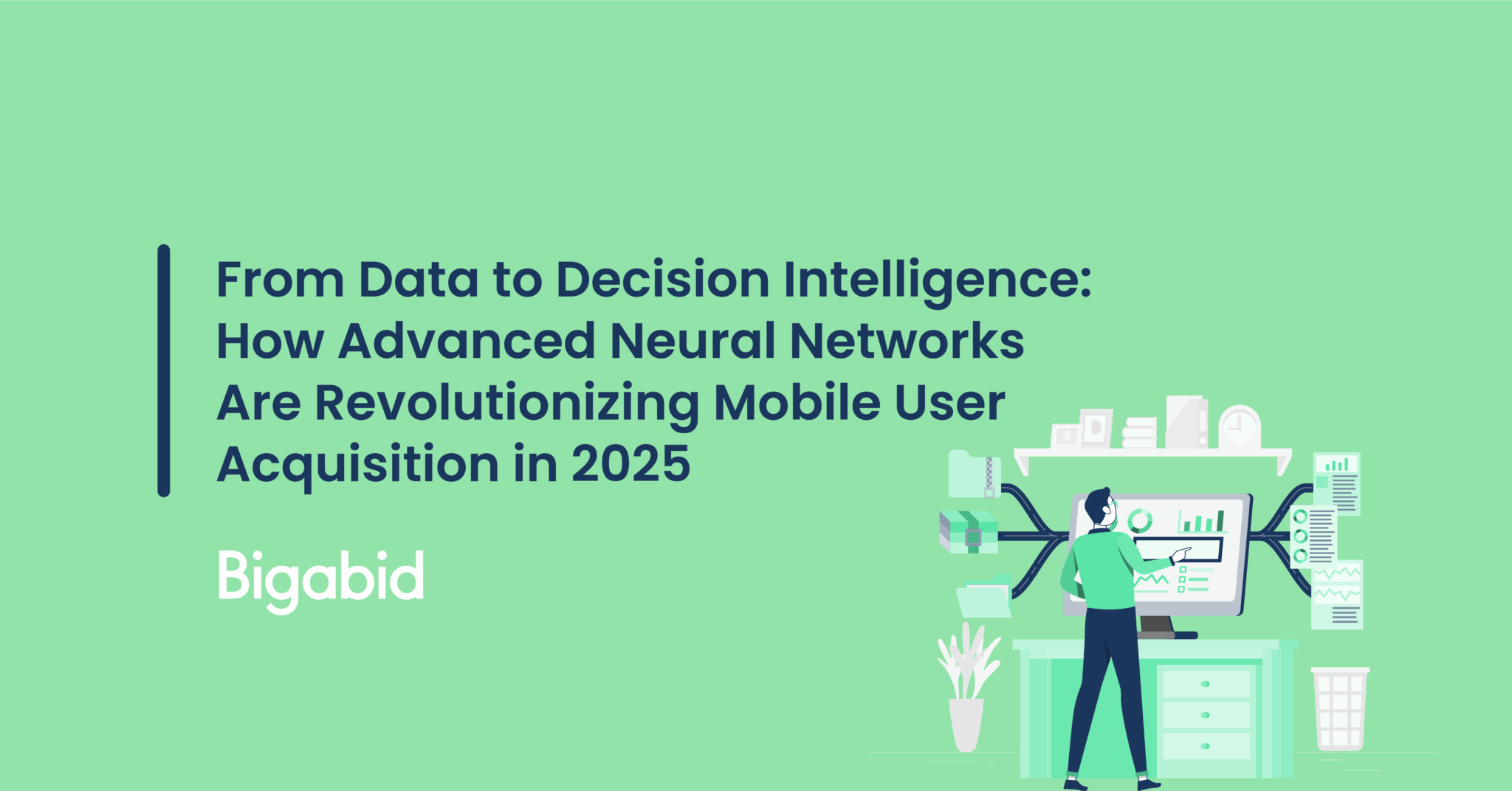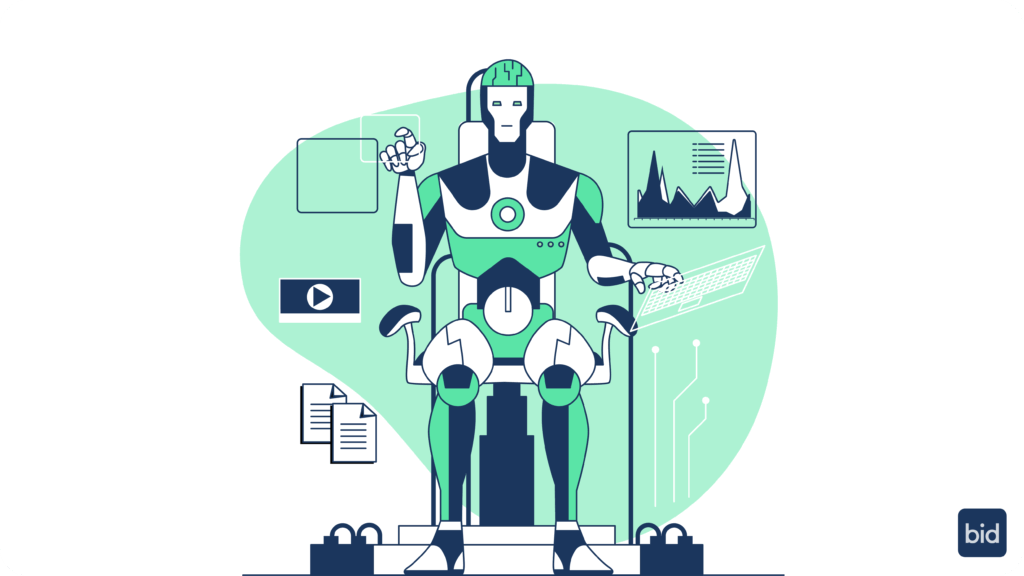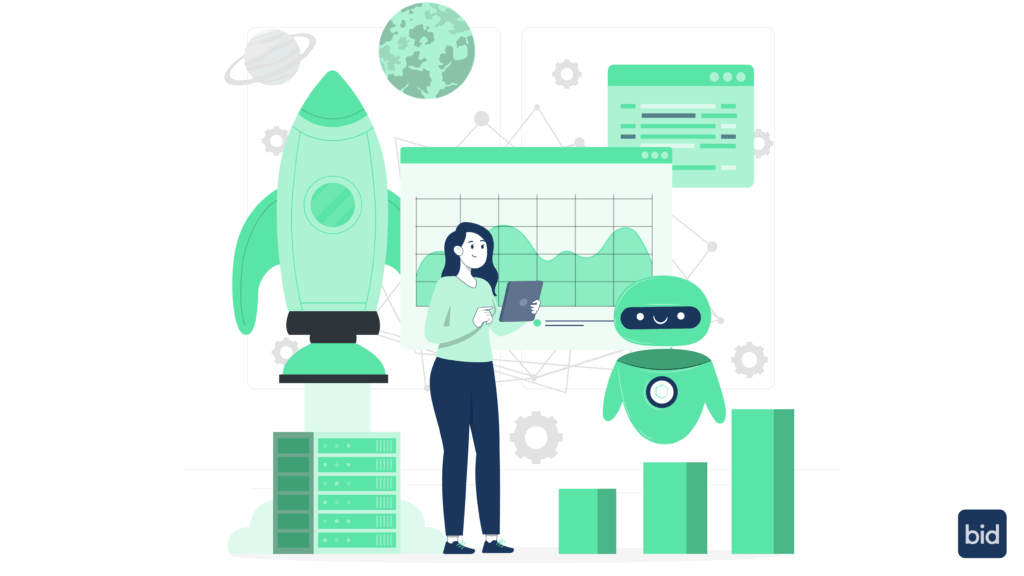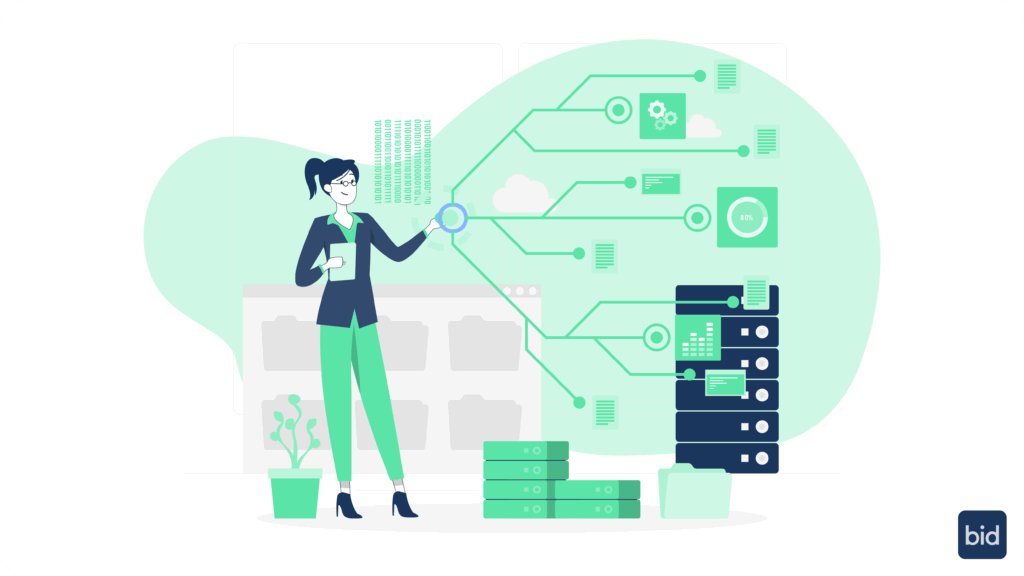
In today’s hyper-competitive app ecosystem, where global app downloads are projected to exceed 270 billion in 2025, sophisticated user acquisition (UA) strategies have become the cornerstone of mobile app success. The digital marketing landscape has evolved dramatically since 2023, with decision intelligence and generative AI transforming how marketers identify, attract, and retain high-value users.
This evolution comes at a critical time—acquisition costs reached an all-time high in late 2024, with average CPIs increasing 23% year-over-year. Meanwhile, iOS privacy enhancements and emerging regulatory frameworks continue to reshape how user data can be collected and leveraged.
This article explores how cutting-edge neural networks, combined with multimodal data analytics, are revolutionizing mobile UA strategies in 2025. We’ll examine how these technologies are delivering unprecedented precision in targeting, personalization, and ROI optimization—creating a new standard for data-driven growth strategies.

The mobile UA landscape has matured beyond simple machine learning models to embrace sophisticated neural architectures that can process and interpret multiple data types simultaneously.
Traditional machine learning models relied on structured data and explicit feature engineering. Today’s neural networks employ:
Neural networks in 2025 leverage an unprecedented variety of data sources:
Industry Insight: According to the 2025 Mobile Marketing Association’s quarterly report, UA campaigns utilizing multimodal neural networks achieve a 37% higher ROAS compared to traditional ML-based approaches.

Retargeting has evolved from simply serving ads to users who have previously interacted with an app to creating hypercontextual re-engagement moments that feel natural and valuable to the user.
Modern neural networks enable unprecedented retargeting sophistication through:
Case Study: Dynamic Creative Optimization
A leading food delivery app implemented a transformer-based neural network to dynamically generate personalized retargeting creatives in real-time. The system:
Example: Predictive Churn Intervention
A subscription streaming service deployed a graph neural network to identify users likely to churn before they showed explicit signs of disengagement:
As privacy regulations continue to evolve, neural networks are being trained to maximize campaign performance while respecting user privacy:
To explore strategies for identifying and targeting high-value users, Bigabid offers insight in Targeting High LTV Users, showcasing how behavioral analysis and predictive models improve campaign efficiency.

The most significant advancement in 2025’s UA landscape is the shift from reactive optimization to predictive decision intelligence—using neural networks to anticipate market changes and user behavior before they occur.
Modern UA systems now employ neural networks that continuously rebalance acquisition strategies across channels:
Key Metric: UA teams implementing neural network-based budget allocation report seeing 28-35% improvements in overall campaign efficiency compared to manual or rule-based approaches.
Neural networks now excel at identifying users with the highest long-term value potential:
Real-World Application:
A mobile gaming publisher implemented a GNN-based user quality prediction system that:
To explore strategies for identifying and targeting high-value users, Bigabid offers insight in “Targeting High LTV Users”, showcasing how behavioral analysis and predictive models improve campaign efficiency.

Several cutting-edge technologies are currently transforming how neural networks approach mobile UA:
The integration of generative AI with neural networks has revolutionized creative testing and optimization:
Industry Trend: According to the April 2025 Mobile Marketing Report, UA campaigns utilizing generative AI for creative optimization see a 43% higher click-through rate and 27% lower cost-per-acquisition compared to traditional creative approaches.
Bigabid discusses the power of AI-driven asset generation and creative iteration in “How to Accelerate Mobile App Growth by Leveraging AI”.
In Q2 2025, the emergence of agentic AI systems—LLMs that simulate autonomous ideation and decision-making—is redefining how creative UA strategies are built. These models don’t just optimize ads; they initiate campaign concepts, proactively test variants, and suggest novel audience approaches based on real-time trend scanning.
Bigabid’s proprietary agentic AI system represents the cutting edge of this technology, enabling:
Performance Breakthrough: Platforms like Bigabid that integrate agentic AI report up to 4x faster creative iteration cycles and significantly reduced dependency on human-led ideation sprints, allowing UA teams to focus on strategic oversight rather than tactical execution.
A new frontier in UA is emotional sentiment mapping at the user level. Neural networks trained on biometric proxy data can infer emotional states and adjust ad tones accordingly.
Bigabid has pioneered this approach with their Emotional Response Optimization (ERO) system:
Measurable Impact: Early adopters of Bigabid’s sentiment-adaptive creatives have seen increases in click-through rates by up to 38% among mood-aligned users, with subsequent improvements in conversion quality and retention.
In Q2 2025, high-performing UA teams are employing AI-driven market sensing, where neural systems continuously analyze competitor strategies and market dynamics.
Bigabid’s competitive intelligence module provides:
Strategic Advantage: This approach gives Bigabid clients a 5-7 day competitive advantage window—crucial in high-volume verticals like gaming and finance where being first to market with new strategies can dramatically impact campaign performance.
As third-party data continues to diminish in availability and quality, leading UA teams are leveraging neural networks to maximize value from zero-party data—information users intentionally share:
For an exploration of user-intent-driven strategies, Bigabid shares techniques in “The Power of User-Generated Content (UGC) for Mobile User Acquisition”, emphasizing zero-party data as a foundation for predictive targeting.
Computing limitations that once required all neural network processing to happen on servers have been overcome, enabling new UA capabilities:
The evolution of real-time and privacy-first strategies is expanded on in “Real-Time Data Analysis”, which illustrates how on-device intelligence enhances personalization and response time.

The evolution of neural networks in mobile UA continues at an unprecedented pace. Here are the emerging trends shaping the next wave of innovation:
As quantum computing becomes more accessible, early applications in UA are showing promise:
The integration of neural networks with symbolic reasoning systems is creating more robust UA capabilities:
Leading-edge UA teams are deploying neural networks that optimize not just for acquisition metrics but also for user well-being:
Inspired by the rising interest in ethical UA, Bigabid has pioneered “emotional trust scores”—probabilistic models that measure the psychological resonance of ad content against the user’s likely cognitive state.
This innovative approach includes:
Brand Protection: These trust scores act as filters to ensure emotionally safe targeting, helping Bigabid clients reduce negative backlash, avoid digital burnout, and protect mental health across long-tail audiences—ultimately building stronger, more sustainable user relationships.
As we navigate through 2025, it’s clear that neural networks have transformed from an experimental technology to a fundamental requirement for competitive mobile user acquisition. The companies achieving the greatest success are those embracing the full spectrum of neural capabilities—from advanced data processing to creative optimization to ethical implementation.
The mobile UA landscape will continue evolving at a rapid pace, but one thing remains certain: the intelligence gap between organizations leveraging sophisticated neural networks and those relying on traditional approaches will only widen. For app marketers looking to thrive in this new environment, investing in neural network capabilities isn’t just about gaining a competitive edge—it’s about remaining relevant in an increasingly AI-driven ecosystem.
Bigabid has established itself as the definitive leader in this space through its comprehensive research in:
For advertisers looking to enhance their UA strategies with neural networks, Bigabid offers a comprehensive solution that combines cutting-edge AI with intuitive interfaces that make advanced technology accessible to marketing teams of all sizes.